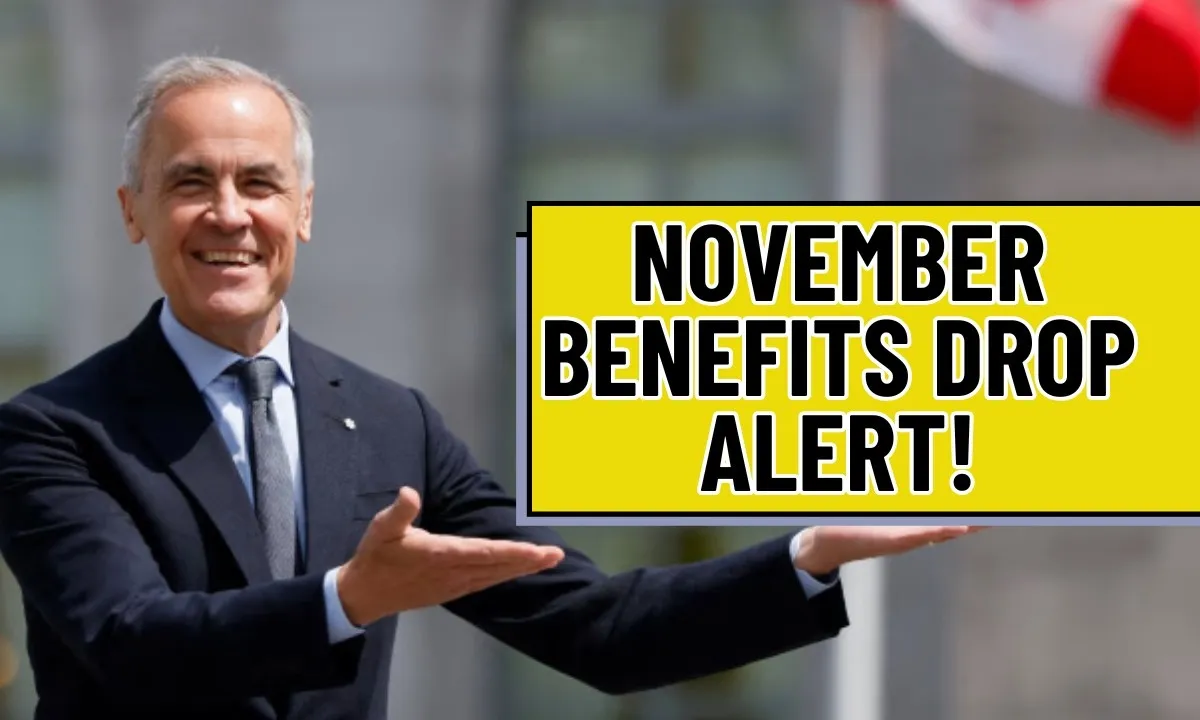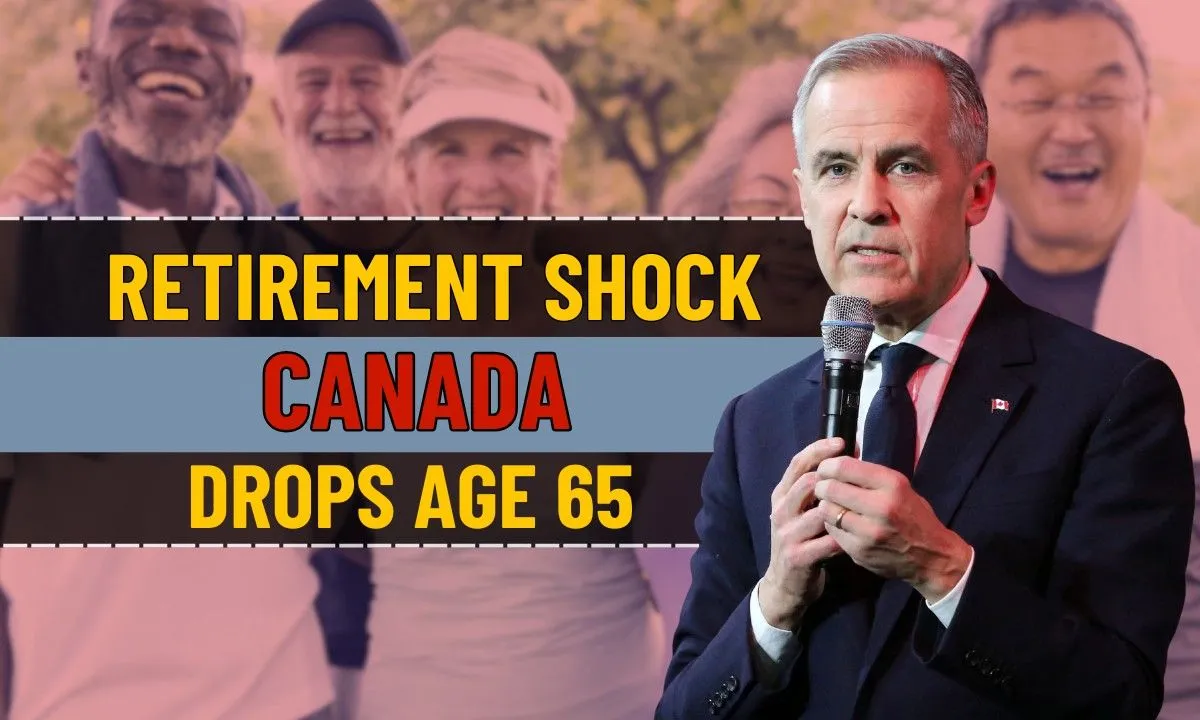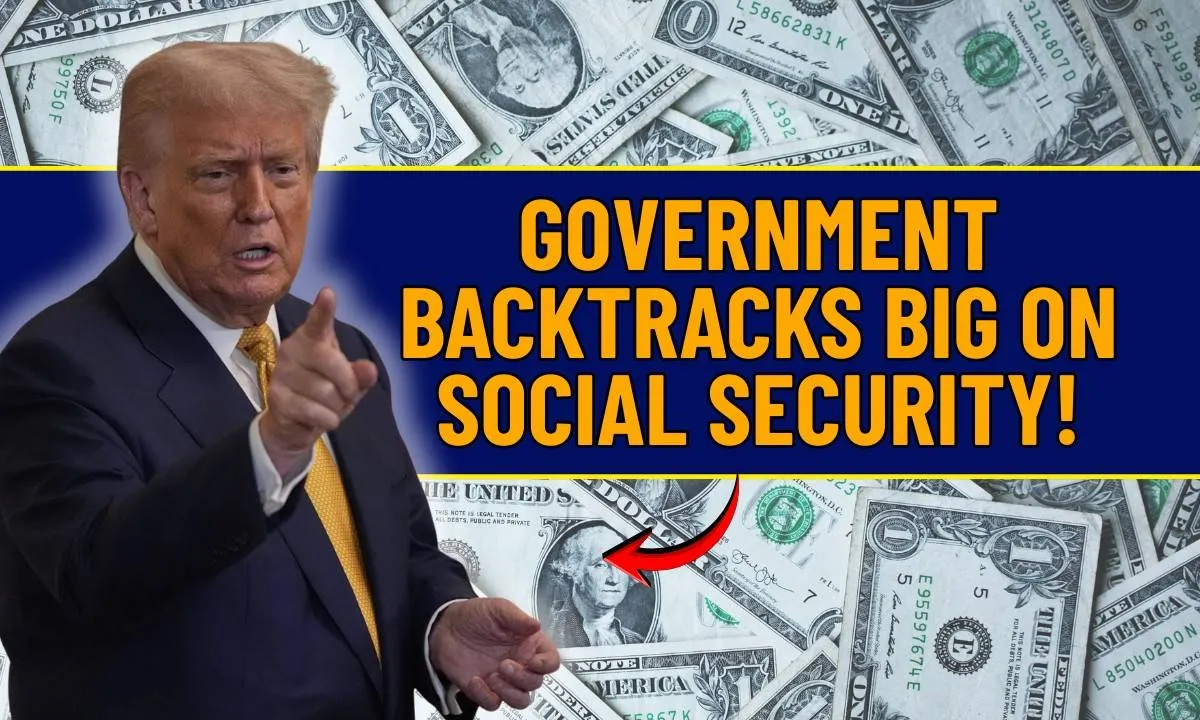Millions of Americans are set to receive a much-needed financial boost this November as the U.S. Treasury and IRS roll out a new one-time $2,000 Federal Inflation Adjustment Deposit. Even though officials avoid calling it a “stimulus check,” households struggling with rising living costs will likely feel the impact in the same way. The payment is meant to soften the pressure of stubborn inflation, especially as families head into the expensive winter months. What makes this payment even more reassuring is that no applications or paperwork are required. The IRS is issuing it automatically based on information already available from each taxpayer’s 2024 federal tax return, making the process simple, predictable, and stress-free.
Table of Contents
Why the Government Is Issuing a $2,000 Deposit in November
Although inflation has slowed compared to the previous years, the essentials people rely on housing, groceries, utilities, insurance, medical visits, and transportation still remain noticeably higher than pre-2020 levels. Economists refer to this as “sticky inflation,” meaning prices no longer rise as fast, but they do not fall either. The government introduced this $2,000 relief payment as part of the latest budget reconciliation package. It serves as a temporary financial cushion to help families breathe a little easier while wage growth continues to adjust to long-term economic changes. Treasury officials have described this payment as “a practical buffer,” one that offers relief without creating a permanent program. Still, for households navigating rising bills, this deposit arrives at an important time and is expected to make a real difference.
Eligibility Explained in Simple Terms
The requirements for receiving the full $2,000 payment are designed to be straightforward. Eligibility closely resembles past national relief programs, but income limits have been narrowed to target low- and middle-income families more precisely. The IRS will use tax information already filed for the 2024 tax year, meaning any eligible taxpayer does not have to take additional steps or submit extra documents. All that’s required is a valid SSN or ITIN, U.S. citizenship or lawful residency, and documented earned income.
Below is a simple table showing who qualifies for the full amount and where the phase-out begins:
Income Eligibility Table
| Filing Status | Income for Full $2,000 | Phase-Out Begins |
|---|---|---|
| Single | Up to $70,000 | Above $70,000 |
| Married Filing Jointly | Up to $150,000 | Above $150,000 |
| Head of Household | Up to $112,500 | Above $112,500 |
Anyone slightly above these thresholds may still receive a partial payment due to the program’s gradual phase-out formula. Payments will be delivered using the same method an individual received their most recent tax refund whether that was direct deposit, a paper check, or a debit card.
When Payments Will Arrive This Month

The IRS has confirmed that the first round of direct deposits began rolling out on November 15, 2025, with batches continuing daily until November 25, 2025. This distribution approach is similar to previous federal payments processed during the pandemic years, where millions of transactions were completed in a matter of days. Anyone who does not use direct deposit will receive a paper check or prepaid debit card through the mail. The mailing process typically begins early in November, although timing can vary depending on postal service activity in different regions.
How to Track the Status of Your Deposit
Americans eager to confirm their payment can use two official tools offered by the IRS, both updated once every 24 hours:
These tools allow taxpayers to check the status of their deposit by entering their SSN or ITIN, filing status, and refund amount from their latest tax return. The process mirrors past stimulus tracking systems and is fairly easy even for those not familiar with online IRS tools.
What to Do If Your Payment Does Not Arrive
If your payment does not show up by the end of November, the IRS has confirmed that taxpayers will still be able to receive their funds. The amount can be claimed as a Recovery Rebate Credit when filing the 2025 federal tax return, ensuring that no eligible individual misses out. It’s also important to note that if a taxpayer has changed banks since filing their 2024 return, the IRS cannot update the account before the payment is released. In that case, a paper check or debit card will be automatically mailed to the address already on file.
How Much Relief $2,000 Can Provide in 2025
More than just a financial deposit, this payment offers emotional reassurance for families who continue to face rising daily expenses. The value of $2,000 can stretch significantly depending on household needs whether it helps cover rent, fills the pantry, settles overdue bills, eases winter heating costs, or clears a portion of credit card debt. While it may not solve long-term financial challenges, it delivers needed breathing space during one of the most budget-challenging periods of the year.



